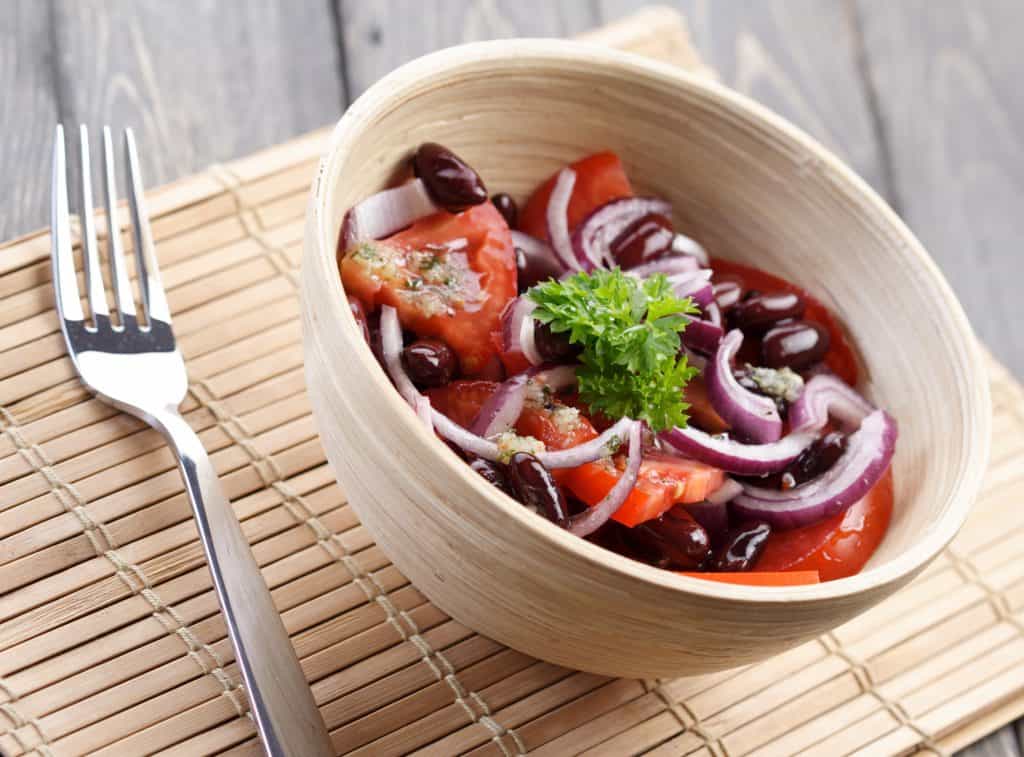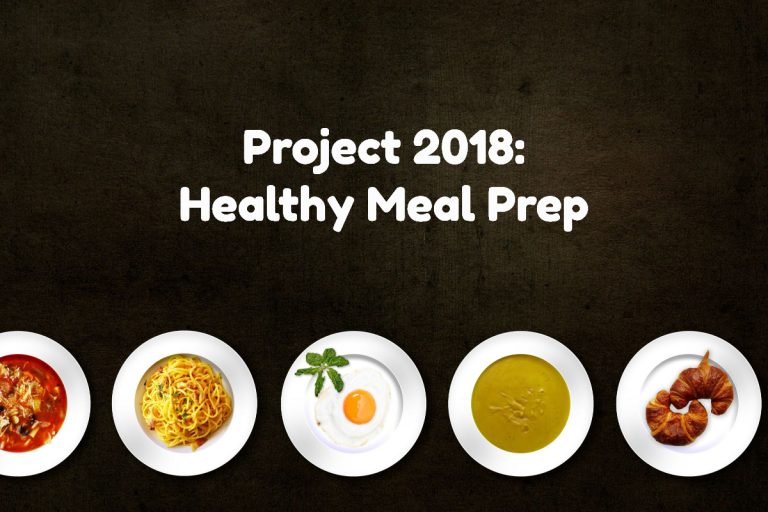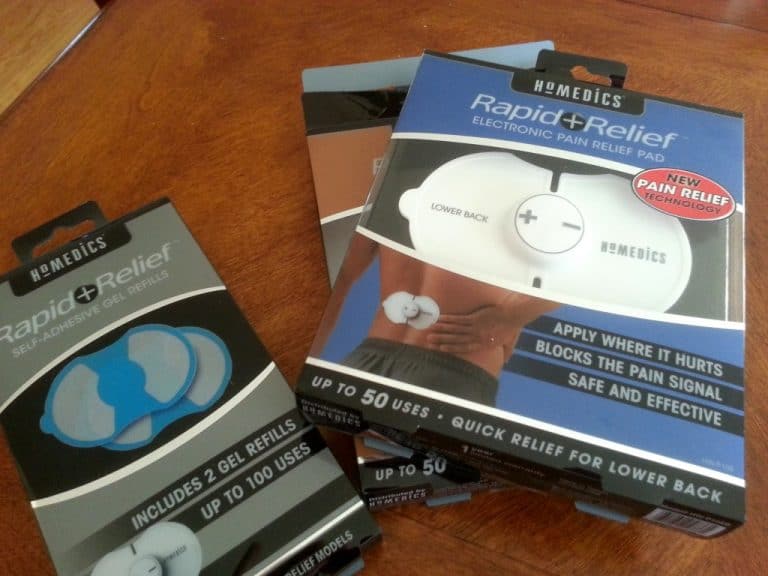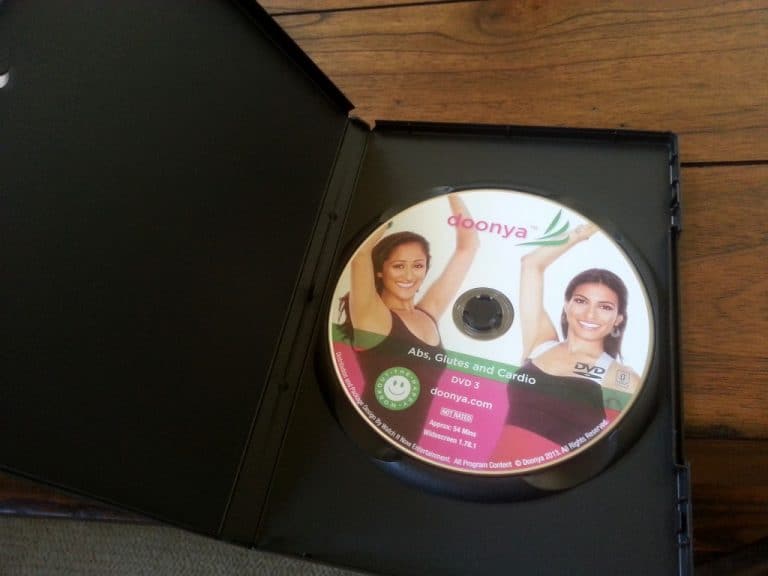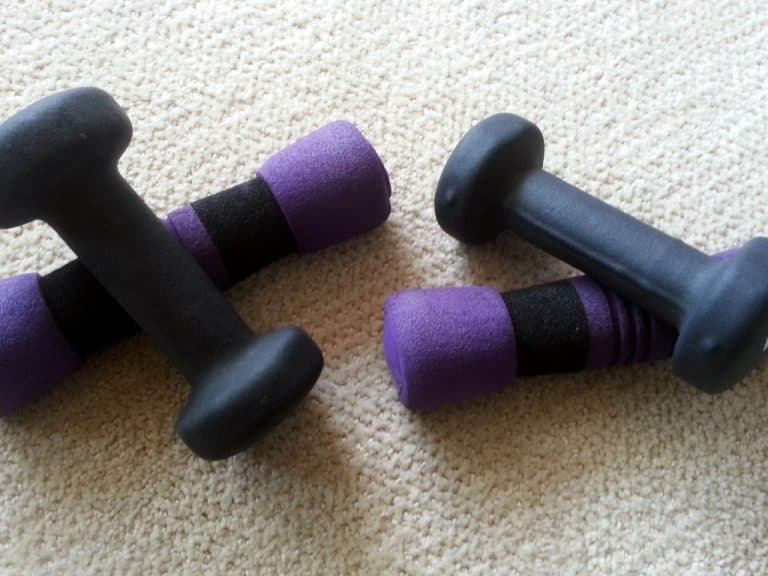The Macro Diet Works: How You Can Make This Lifestyle Change Work For You
So back in January, I announced to you that I had big plan this year. I dubbed it Project 2018. It was a list of five big areas that I wanted to make change in. It’s only May, so there’s still time to fix those couple of things that are going slower than the rest, but my goal of losing 20 pounds has really been working! I’ve been asked by quite a few people what diet I am on, and I tell them that while you will frequently see the macro eating plan referred to as a diet, it’s more of a lifestyle. But whatever you call it, does the macro diet work? YES.
And it’s actually pretty easy, so here are my tips on how to make the macro diet work for you, along with a brief explanation of exactly what it is.
The macro eating approach is based on a few simple things: eating more frequently, eating smaller portions, and eating the right types of foods. Those types of foods are primarily broken down into protein, fats and carbohydrates. That’s really over-simplifying the whole thing, but there’s no real calorie counting and you can still eat what you want without restriction.
Pretty cool, right?
Start by finding out what your recommended macros count is. I talked to a health coach, and she gave me the numbers and provided some lists of foods to help me meet those counts, along with some meal plan suggestions to get me started. My initial purchases were SO minimal: this scale, these meal prep containers for advanced meal creation and this pad of sheets for my weekly meal shopping and planning. (Those are affiliate links, fyi, meaning if you buy from them, I may get a small bonus from Amazon.)
Then, all that was left was the shopping, using all the info gathered above. The foods really aren’t anymore expensive than what I was already buying, though almonds can be a little pricey and if you cook with fatty oils, replacing those can cost a little, too.
I’m a busy mom, running two businesses and doing all those mom things we all have. A ‘diet’ can sometimes make it hard, because you are counting calories, need to eat certain things or just feel restricted. Another big thing is that you have to cook for the family, and who wants to cook two meals? I was able to make the macro diet work for all of this and it’s easily become a lifestyle and not a diet!
My first tip? Don’t call it a diet! It’s learning to eat differently and that’s something you can keep with you forever.
Nothing is off-limits. This means that you can still enjoy dessert on Mother’s Day or a cocktail at Happy Hour — just plan accordingly and do well the rest of the day!
Buy what you need when you go grocery shopping. Frequent trips to various stores will make it feel like work and when it feels like a chore, you are less likely to follow it.
Learn to enjoy breakfast without guilt! A lot of us feel like we’re doing ourselves a favor when we skip a meal, and breakfast is often skipped because we’re busy. We need to eat more frequently to keep our metabolism moving, and that won’t happen if you skip breakfast.
I decided that most weeks, I could go without wine at night on Monday through Thursday. This was just a choice to help my body stay more properly hydrated but I admit, I don’t always keep to this. I have a facial nerve issue and when it starts to kick in, rather than pop a pill that will have worse affects, I drink a small glass of wine. It doesn’t hurt my counts provided I ate enough protein already that day, and it does something to my facial pain to make it tolerable or completely go away. (Doctors can’t always explain what works and what doesn’t with trigeminal neuralgia, so if it works and I can still be normal, I’m all for it!)
Cook healthier foods for the whole family instead of a separate meal for you. By healthy, I mean a protein, veggies, and more veggies or a healthier grain. A typical meal here is some form of chicken, pork or ground turkey, roasted or sauteed veggies, and quinoa, brown rice or even white rice. I don’t goop everything up in high-sugar and -fat sauces but I have still made one of my family’s favorite, cream-cheese stuffed seasoned chicken breasts. I modified it by marinating it differently or using more seasonings and no marinade at all.
The family has learned that toasted kale and sauteed cabbage is good. Where I went wrong was cutting out too much meat — I could go without it almost daily but the boys/men like meat so I either don’t eat it or I eat less. They get it and I can still eat the rest of the meal. And if I’m in the mood for it, I eat it. No meal modifications and we’re all happy!
I think we over-complicate eating healthy. We assume our kids won’t eat it, rather than helping them learn to like it and then making no big deal about it. If kids grow up eating vegetables, this is less difficult. We know not everyone will like everything, and we learned early on as parents — with our oldest two kids as guinea pigs — that we can try to force them to eat certain things but it’s not successful. They resent it and we get frustrated. Instead, okay, sure, you don’t eat onions but you’re going to have to eat the rest of the meal. It’s a compromise for us that allows us to negotiate a little. Eat this and you don’t have to eat that.
They’re also not allowed to say “ewww” publicly and they have to try something at least one bite before they refuse it. This gets pushy people off their back and opens them to trying new things. Roasted kale was NOT an immediate sell here, but once they tried it, winner!
Give yourself a break. If you go out to a foodie event for breakfast and the focus food is pancakes, eat the pancakes. Maybe just don’t eat the whole stack. Enter it onto your food tracker and move on, changing your dinner plans to include less carbs. Avoid the glass of wine after dinner. It’s all about moderation and common sense.
Use a food tracker app, at least initially. You may be surprised at where you are finding hidden calories. You will become quickly educated on what foods are better and what foods are worse for you.
Read labels. Salad dressings often surprise people with their sugars and carbs. There are healthy alternatives out there, and if you don’t have one on hand, balsamic vinegar, a healthy oil and other seasonings will help you whip one up fast.
Weigh your foods at first. (My scale is tiny and cost less than $10 on Amazon.) Guessing at food portions can mean you are consuming a LOT more carbs or fats than you think. Eventually you will learn by sight but try it for a couple of weeks.
Acknowledge your cravings and favorite foods. Don’t restrict yourself from eating them — just plan ahead so you can still enjoy good food. “Diets” fail because people miss the things they like. Again, common sense portions make all the difference.
Did I say plan ahead yet? If you know you will be in a hurry at lunch, spend 20-30 minutes on Sunday night and put together a few simple lunches to store in the fridge. Grab and go in the morning without worry. If your company is having a huge pizza lunch on Friday, and you’re going out on Friday night with the girls, compromise ahead of time. Grab a pre-made lunch, forego the pizza and then really enjoy going out on Friday night!
Stay hydrated. Your body won’t respond properly if you’re thirsty. Same as with sleep — it will make you hangry if you’re tired and you are more likely to grab a burrito instead of a salad.
Go easy on yourself. You won’t immediately drop 5 pounds the first week. I average 1.5 pounds per week, and while that may not sound like a lot, it has stayed off, even on weeks where my workouts didn’t happen or like this week, where I spent a day at the spa (aka cocktails), where I went to an amusement park and had a pineapple whip and where I’m going to another amusement park tomorrow, aka ALL THE FOODS. Remind yourself that you’ve taken on a better lifestyle overall, and if you want to ramp up the weight loss, change up your workouts. You can deduct some calories if you choose, with a tracker or a doctor or health coach’s advice.
SEE A DOCTOR ABOUT ANY HEALTH ISSUES OR CONCERNS FIRST. I am not a doctor and your doctor is the best place to start before you make any dietary changes, especially if you have pre-existing health concerns or are on medications.
Try new things. I was like chia pudding? What? Now I make a healthy version of it and I really enjoy it as a varied breakfast item. I never thought I’d enjoy it!
In the end, it is what you make of it but it’s easy. I don’t feel deprived. I am never hungry. I don’t spend a lot of money on food. I don’t spend a lot of time in the kitchen. I eat what I like. My clothes fit better and the number on the scale — while not the most important thing ever — goes down.
You can make the macro diet work for you without a lot of, well, work. I’m headed to the last 6-7 pounds to meet my weight loss goal and Project 2018 will be a success regardless!

